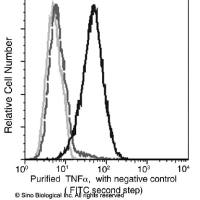Interleukin-2 and the Brain: Dissecting Central Versus Peripheral Contributions Using Unique Mouse Models
互联网
447
Although many studies have documented peripheral immune alterations in patients with psychiatric and neurological disorders, almost all these data in humans are correlative. The actions of IL-2 on neurodevelopment, function, and disease are the result of both IL-2’s actions in the peripheral immune system and intrinsic actions in the CNS. Determining if, and under what conditions (e.g., development, acute injury) these different actions of IL-2 are operative in the brain is essential to make advances in understanding the multifaceted affects of IL-2 on CNS function and disease. Mouse models have provided ways to obtain new insights into how the complex biology of a cytokine such as IL-2 can have simultaneous, dynamic effects on multiple systems (e.g., regulating homeostasis in the brain and immune system, autoimmunity that can affect both systems). Here we describe some of the relevant literature and our research using different mouse models. This includes models such as congenic IL-2 knockout mice bred on immunodeficient backgrounds coupled with immune reconstitution strategies used to dissect neuroimmunological processes involved in the development of septohippocampal pathology, and test the hypothesis that dysregulation of the brain’s endogenous neuroimmunological milieu may occur with the loss of brain IL-2 gene expression and be involved in initiating CNS autoimmunity. Use of animal models like these in the field of psychoneuroimmunology may lead to critical advances into our understanding of the role of brain cytokines and autoimmunity in neurodegenerative diseases (e.g., Alzheimer’s disease), neurodevelopmental disorder (e.g., autism, schizophrenia), and autoimmune diseases including multiple sclerosis.








